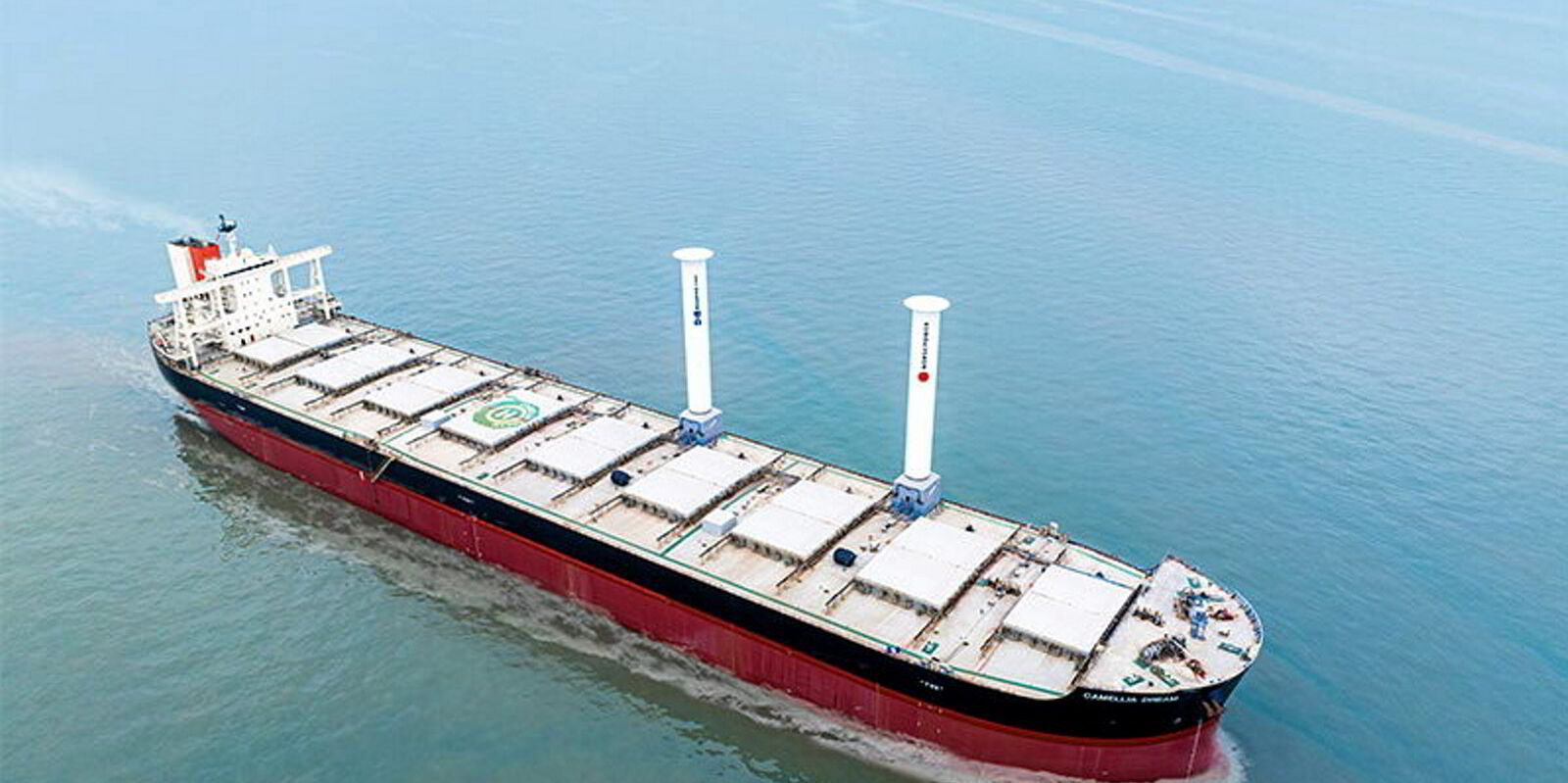Capesize rates continue to be robust following Monday’s two-month peak.
On Wednesday, capesize spot rates on the Baltic Dry Index climbed by 1% to $28,000 per day, after a minor dip on Tuesday. That compares with $26,738 per day a week ago.
Overall, capes continue their upward trend. After dropping to $22,846 per day on 22 August, rates spiked to a two-month high of $28,232 per day on Monday.
Jefferies said in a note: “Even against the backdrop of weak steel, iron ore and coal markets, the segment has continued to see healthy rates due to constrained supply brought on by longer ton-miles and limited new capacity.”
Iron ore volumes into China have increased by 6.5% so far this year, weighted by imports from Brazil, which are up 15% versus Australia volumes, which have been flat with last year.
The C3 capesize route from Tubarao in Brazil to the Chinese port of Qingdao is $27.73 per tonne, having reached a seven-week peak of $28.14 per tonne on 29 August.
Combined with the stronger bauxite trade and modest newbuilding deliveries, the supply picture has been supportive despite the softer broader steel markets, added Jefferies.
Intermodal also noted robust activity in the Pacific, driven by Australian miners covering available tonnage.
The C5 route from Western Australia to Qingdao is $11.73 per tonne, slipping from Monday’s peak of $11.96 per tonne.
In the Atlantic, despite fewer materialised fixtures, a limited tonnage list resulted in increased fixing bids, Intermodal said.
Allied Shipbroking indicated that capes saw support from the Atlantic round voyage (up 20% week on week) and the Pacific round voyage (up 10%), adding that the latter was negatively affected by Typhoon Yagi in South East Asia.
Panamaxes bottoming out?
While capesizes led the dry bulk market, the panamax market has shown weakness over the past two months, Clarksons said.
Panamax rates on the Baltic Dry Index were $12,204 per day on Wednesday, following a year-to-date low of $11,645 on 6 September.
Clarksons Research said: “One factor contributing to the panamax market’s subdued performance is the reopening of the Panama Canal.
“The average number of dry bulk transits bottomed out at approximately 1.8 in January but has since increased to about 6.1 in September. In 2022 the average was 8.4.”
Allied believes panamax rates might have bottomed out. However, Clarksons said the discrepancy between capesize and panamax earnings could cap the former and support the latter if coal cargoes destined for capesize vessels are split into two panamax cargoes.





